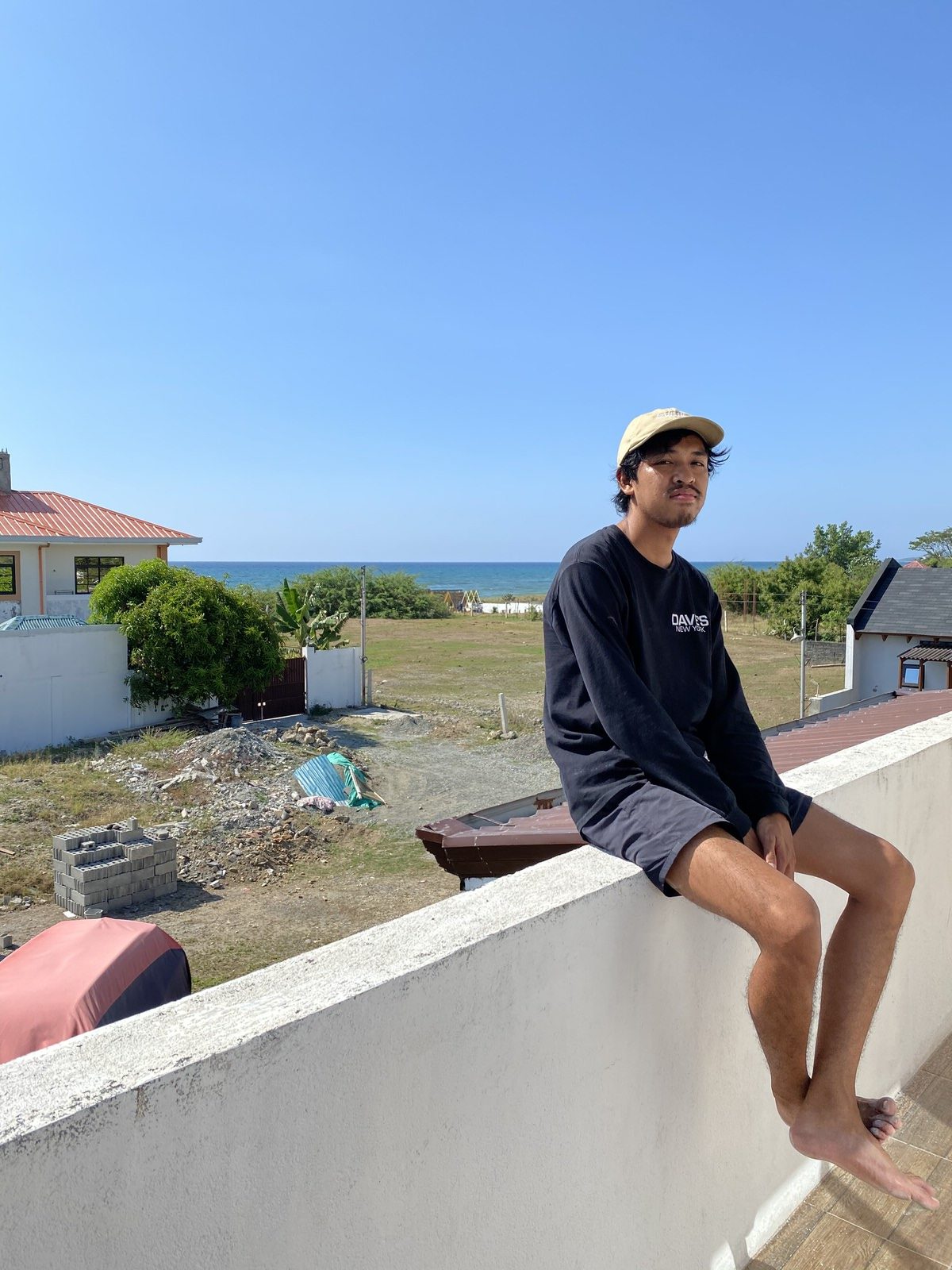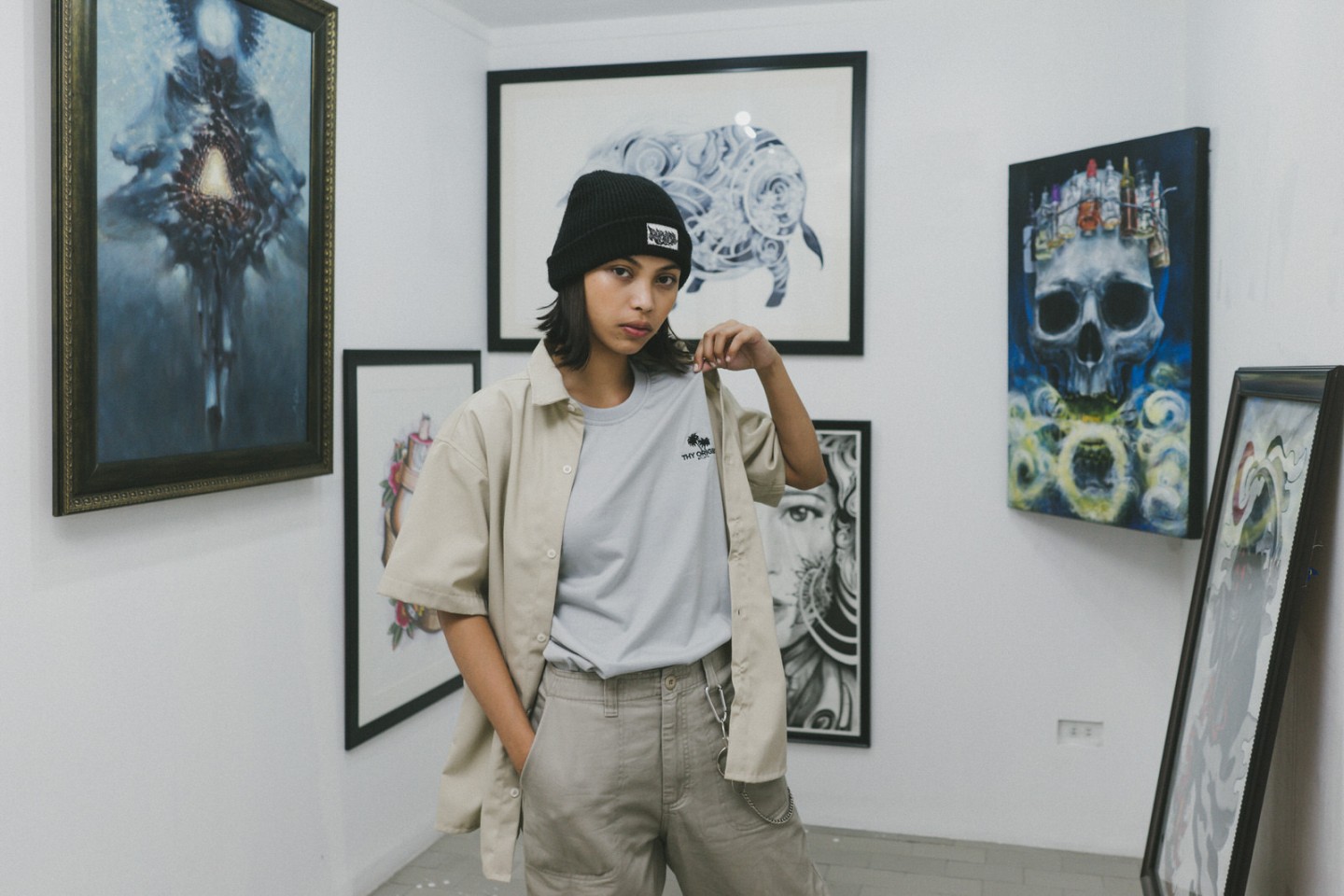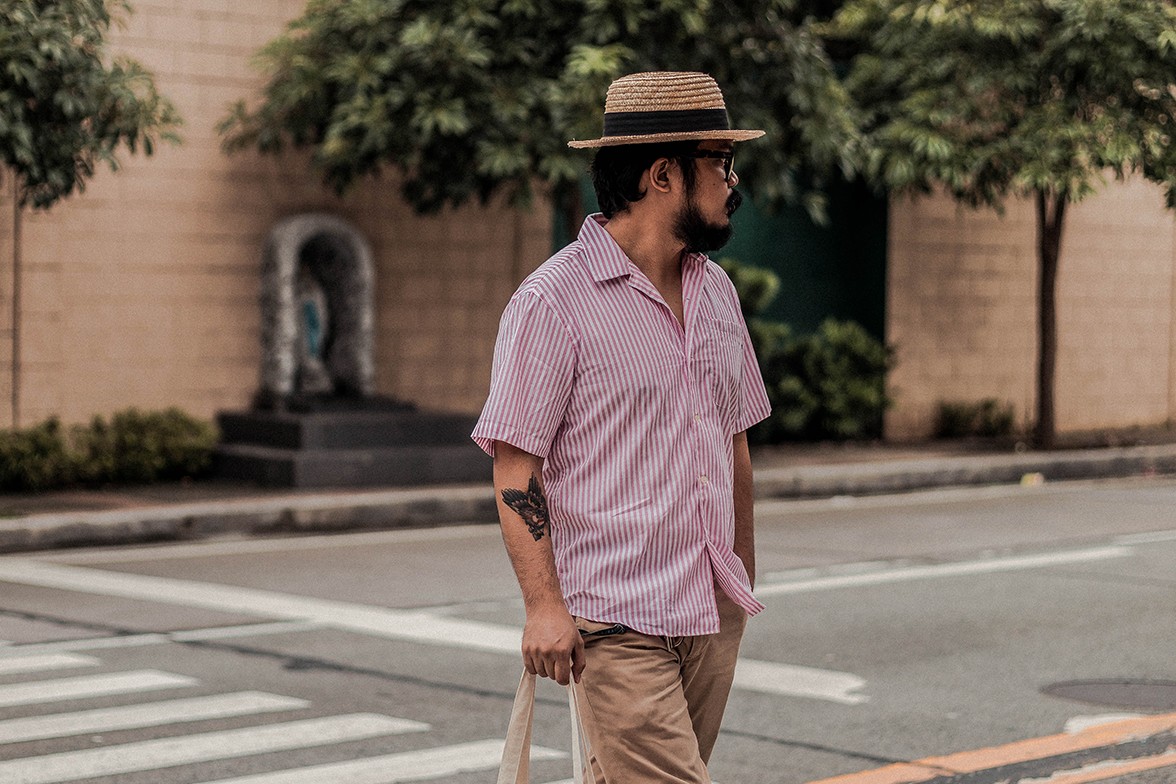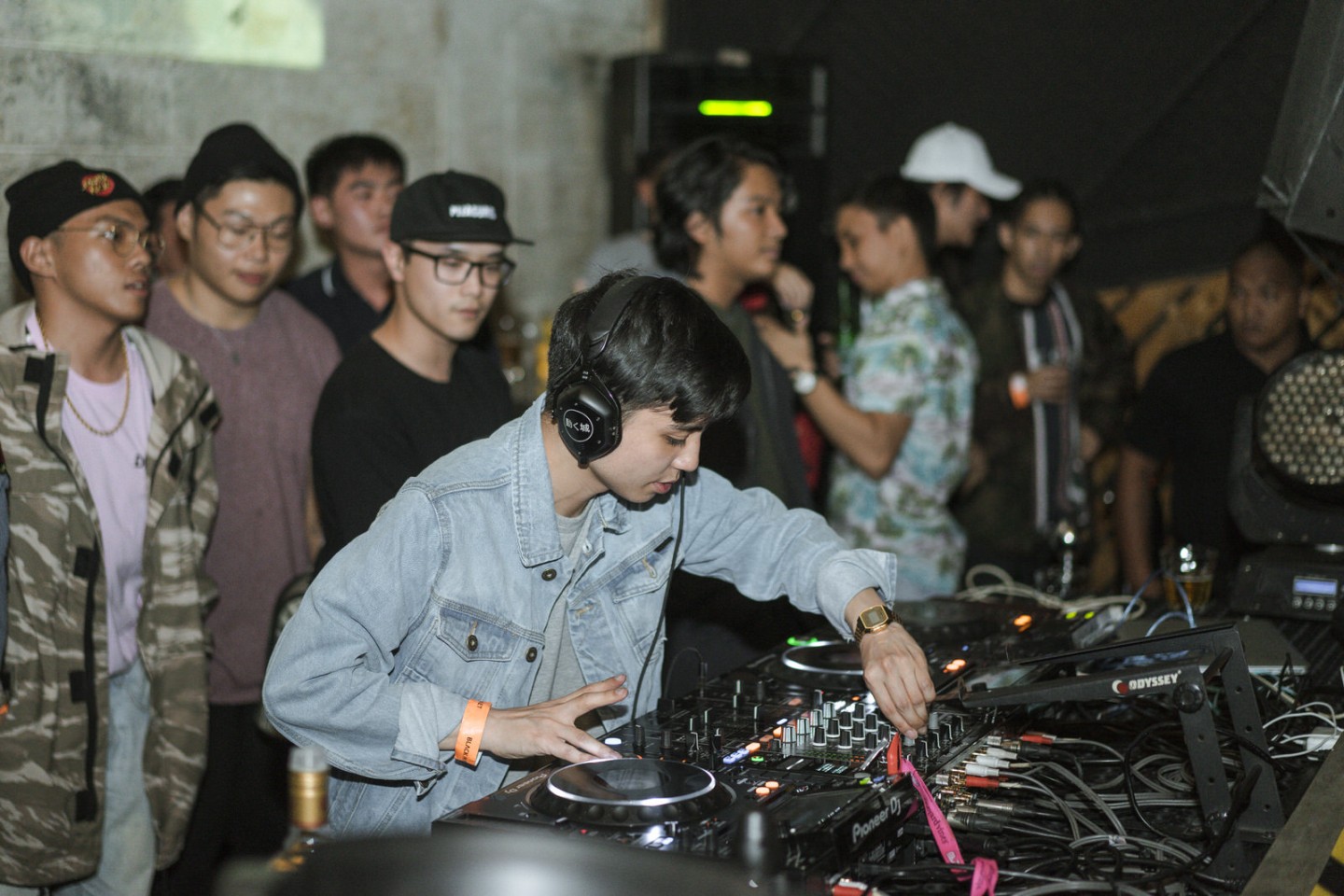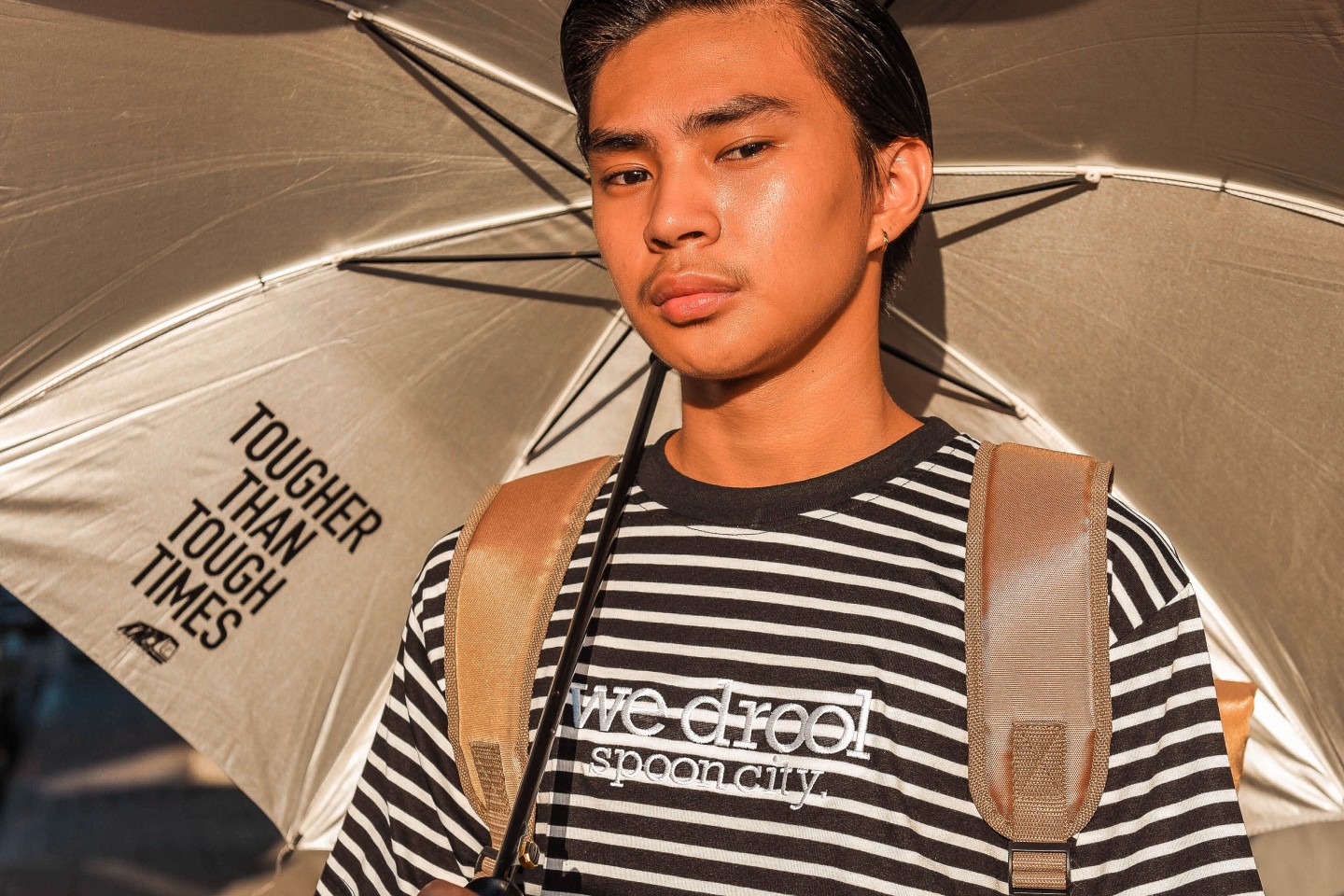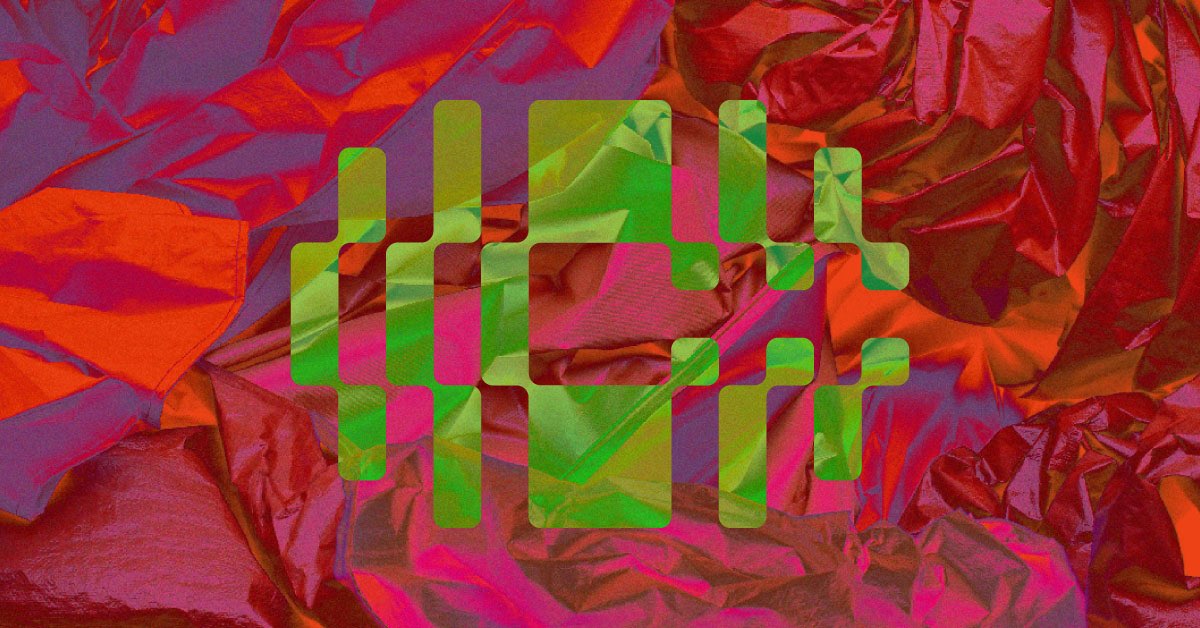
Contrary to popular belief, the music scene has remained alive and well despite the onslaught of the COVID-19 pandemic. While the lack of physical venues and performance spaces has undoubtedly dealt a blow to the burgeoning Manila underground art scene, the creative visionaries behind Manila Community Radio have set out to fill the void in our hearts.
The platform, which began as a music-centric site, has since branched out into a veritable artistic haven where all kinds of artists, musical or otherwise, can showcase their work and pursue their creative endeavors, unhampered by the limits of traditional, mainstream media outlets. It has helped artists find an online community to share their work and interact with audiences and other artists through various interactive channels.
But while COVID-19 was the impetus for MCR’s meteoric rise, the idea had been floating around long before that. The platform, which aims to be an independent and inclusive space for artists to pursue and promote their creative endeavors, was founded by members of various musical collectives around the Metro, including BuwanBuwan Collective, Ikigai Radio, Transit Records, and UNKNWN. Their shared interests and experiences made it easier for them to come together and develop MCR, initially as a means for uniting the local music community. Having toured across Southeast Asia and witnessed the various scenes there, co-founder Jorge Wieneke V (also previously known as Similarobjects) saw the potential in the Manila scene, and acted accordingly.
“We were initially looking at it through a purely musical lens,” he recalls, “but later on, we tried to address the needs of the scene beyond music, to patch the scene together through this community.” Among the problems they sought to address include the lack of diversity on the radio, systemic gender inequality in the industry, and the limited platforms for sharing avant-garde, unorthodox art.
Most importantly, according to the team, MCR was driven by a desire to develop a Filipino musical identity in the local scene. Reflecting on the state of local pop music, Jorge noted the prevalence of colonial and Western influence in most mainstream art, to the exclusion of diverse Filipino viewpoints. “There are so many voices not heard on traditional radio, so we’re often confused about our own identity because we’re such a melting pot. In a lot of ways, we’re still figuring it all out.”
Inclusivity lies at the heart of MCR. In seeking to cultivate a vibrant, diverse artistic community and safe space, the team deliberately sought out underrepresented performers from their respective scenes. It was a deliberate effort, with the team constantly asking themselves if they’d done enough to represent all genres, all genders, all identities.
Image — Jorge Wieneke V (Image by Carlos Tarrosa)
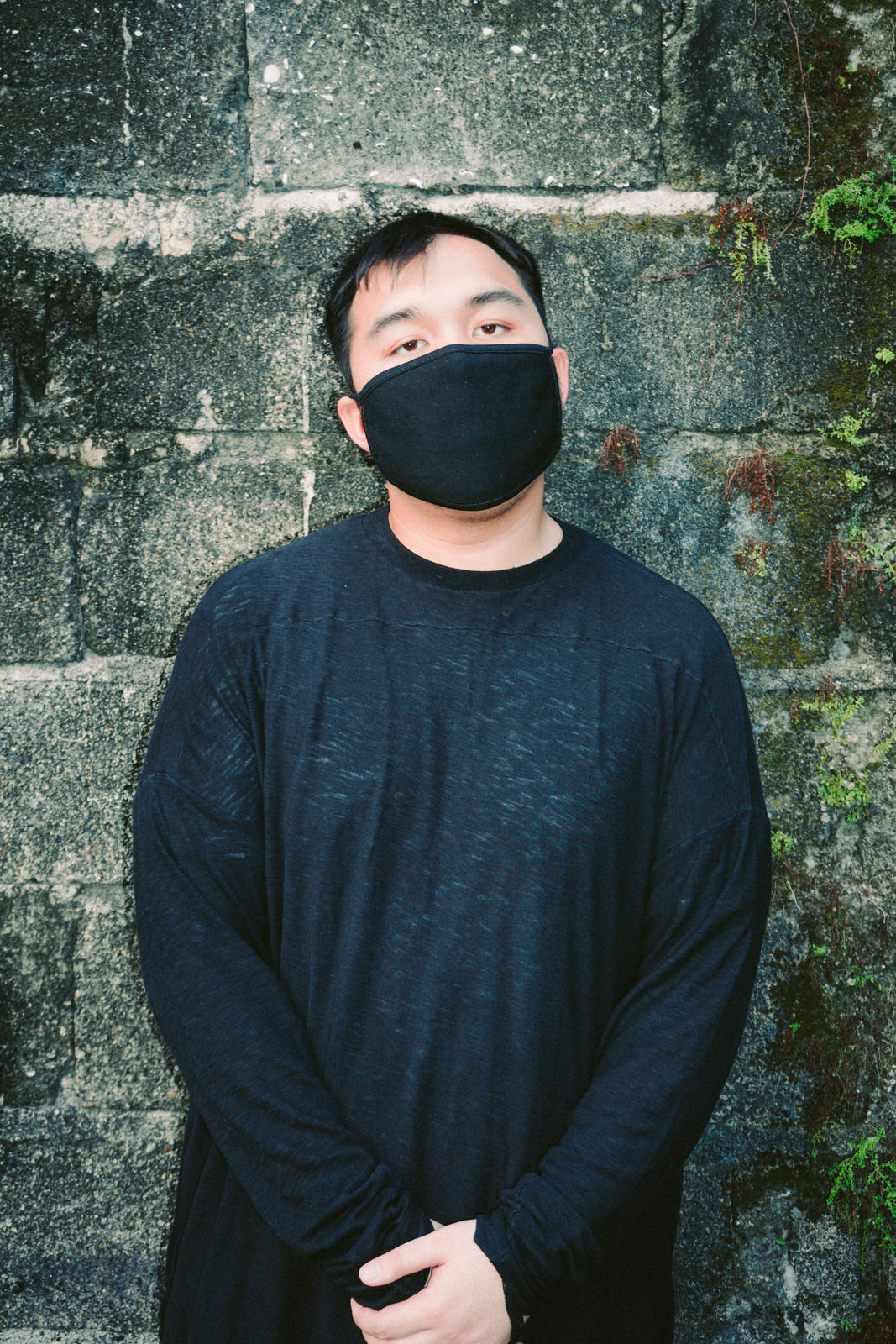
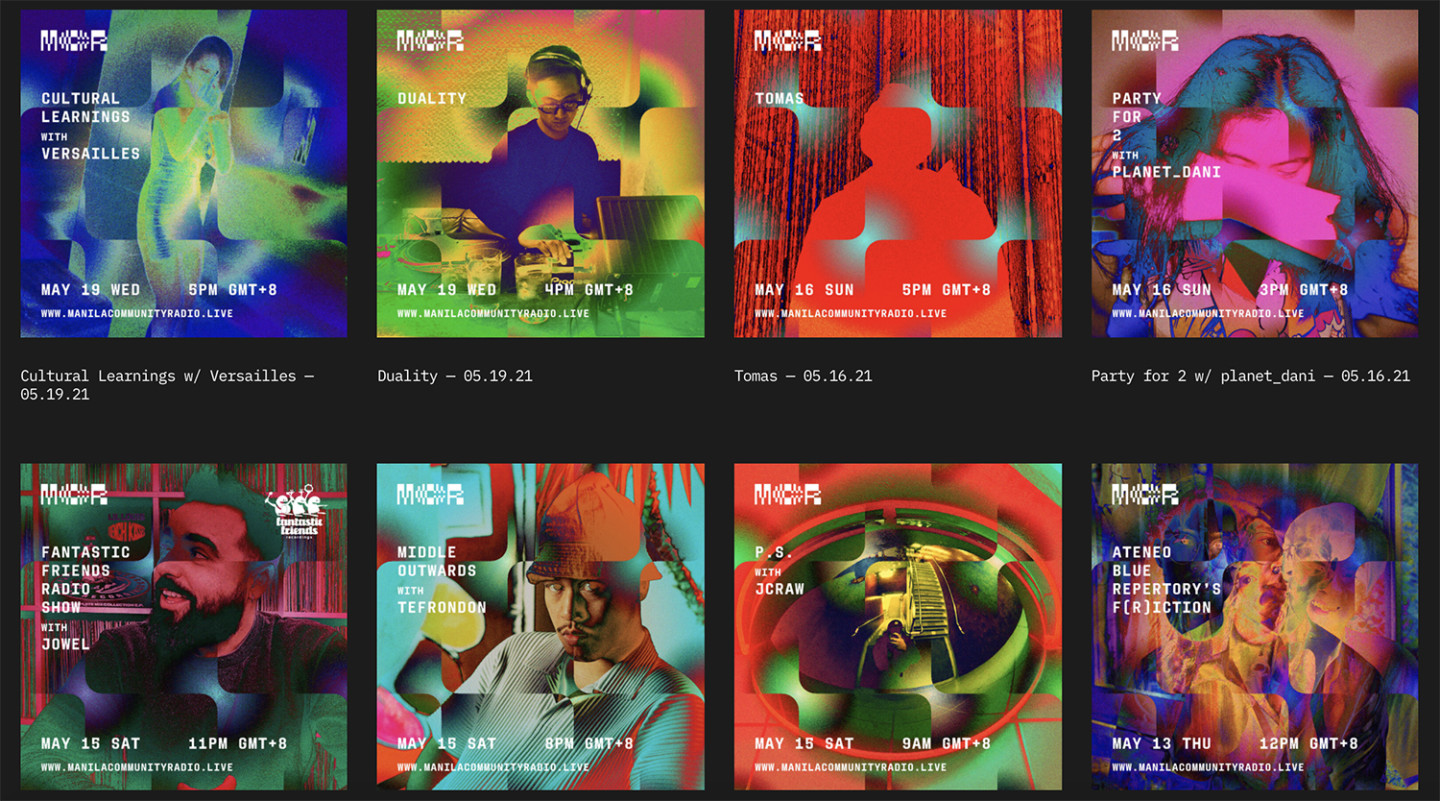
Screenshot of a few of the Manila Community Radio Archives
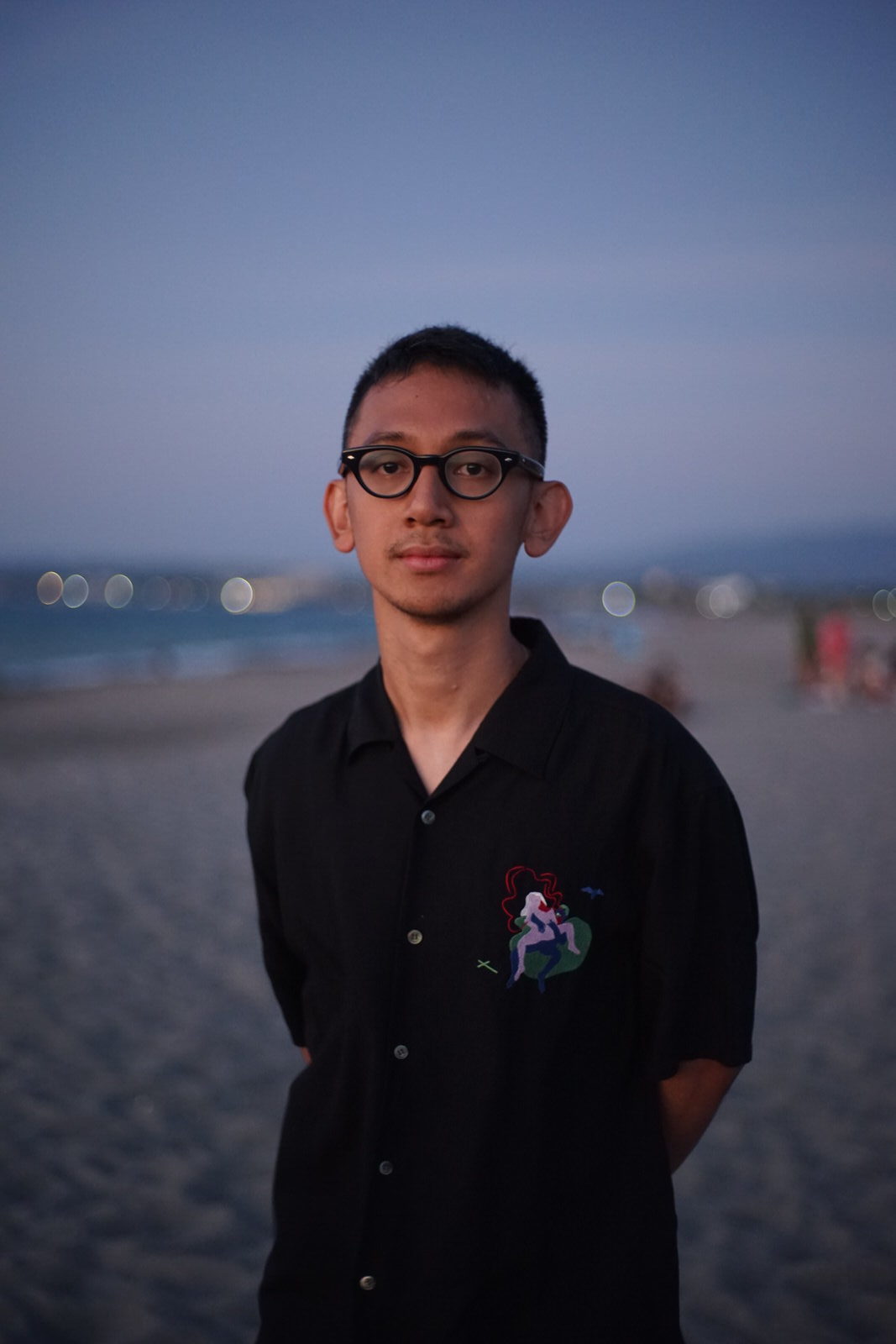
But it’s not just a one-way street, either. “One of the values we wanted to foster was co-creativity, so we wanted to create this platform not just for our co-creators or friends, but the listener,” says Sean Bautista (Duality). Wanting to eliminate the feeling of exclusivity that they felt would result from the union of various artistic collectives and scene veterans, they created a Discord server that would serve as a means of interacting with the fans. Soon, the server became a means for MCR artists to broadcast their live performances directly to the fans. These shows aren’t just a substitute for gigs, though; instead, they’re often the means for the community to come together and bond. According to the team, these events have helped bring people with similar passions and artistic inclinations together, hopefully setting the stage for future collaboration and artistic growth.
Image — Sean Bautista
“In a way”, says Jorge, “we’ve sort of lived up to our name, in that we’re turning into an actual radio station, like an alternative radio station.” The platform’s catalogue has certainly grown since its inception, having branched out from music to other audio art forms, such as podcasts, satirical talk programs, and interactive art shows. They have also spearheaded initiatives such as a special program for the Transgender Day of Remembrance that featured segments from various artists, including one curated by Metro Manila Pride.
The ability to adapt and evolve with a rapidly-changing musical environment has proven instrumental to MCR’s continued growth. In large part, this is why the MCR team looks to the future with vigorous optimism. “The pandemic was just the signal for us to start it, but I feel like we’ll still have a place after COVID. I believe the spirit that we’ve fostered will persist,” reflects Jorge. Currently, they have plans to expand outside Manila and collaborate with provincial scenes, and to hold exchange programs to platform their artists abroad to other artists across Southeast Asia.
As for what kind of legacy they hope to leave behind? Aside from the amplification of marginalized voices and the elevation of the local music scene, the guys at MCR also hope to capture this moment in Filipino music specifically. The team calls attention to lesser-known scenes that ultimately lapsed into obscurity because of a lack of coverage. “There’s so much that’s lost to time because of a lack of documentation,” shares co-founder Matt San Pedro, “You’ll barely see any remnants of the underground of old, because that generation is either dying out or has moved on. So I think one important thing is that we’re kind of chronicling, archiving, and documenting the sound of Filipino music today.”
At the end of the day, MCR’s driving belief is that Filipino artists have something to offer. Given the vibrant community that has grown within it, the future bodes well for this fledgling station. But until we get there, we can only imagine the ways this group of energetic young creatives will push the envelope moving forward.
Image — Matt San Pedro
